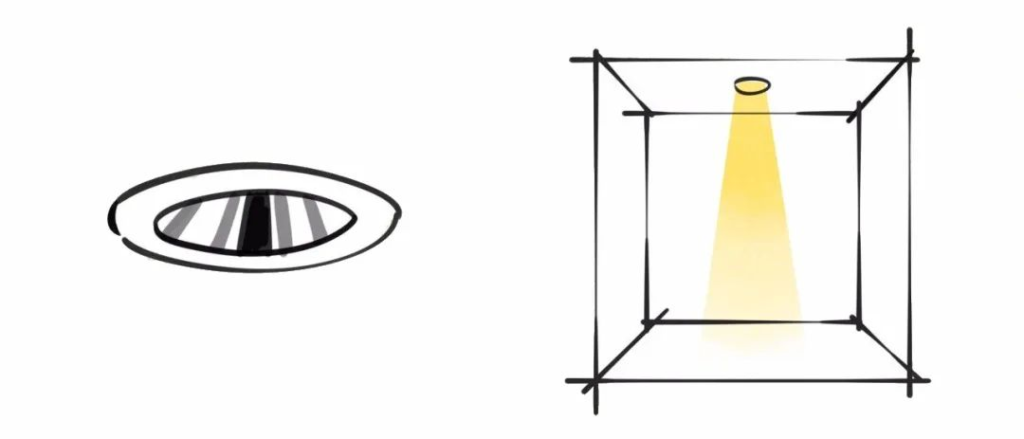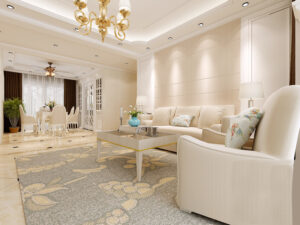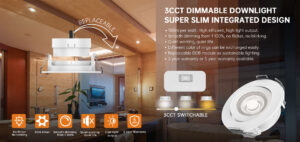In modern lighting design, anti glare downlights have become essential for enhancing visual comfort and reducing eye strain. These specialized lighting units are engineered to minimize harsh brightness and discomfort caused by direct or reflected light.
This makes them ideal for homes, offices, and public spaces where people spend long hours under artificial lighting. As we move through 2025, anti glare downlights combine energy efficiency with advanced optical design to provide soft, evenly spread illumination that protects the eyes without sacrificing brightness or style.
This article offers a detailed exploration of anti glare downlights, covering their design, benefits, applications, and how they improve indoor environments. It also introduces Radians Lighting, a leading manufacturer specializing in customized anti glare downlight solutions with a focus on quality and innovation.
Understanding Anti Glare Downlights
Anti glare downlights are recessed or surface-mounted lighting units designed to reduce glare — the intense brightness that causes eye discomfort and fatigue. Unlike traditional downlights that emit harsh direct light, anti glare models use advanced optical elements to soften and diffuse illumination.
Key design features include:
- Deeply recessed light sources or lenses that shield the bulb from direct view.
- Baffles and louvers that block stray light rays.
- Matte finishes and diffusing filters that scatter light evenly.
- Dimmable controls to adjust brightness and reduce glare further.
These features combine to create balanced light output that enhances comfort and reduces visual distractions, making anti glare downlights ideal for offices, healthcare, retail, and modern homes.
The Importance of Anti Glare Lighting in 2025
With more time spent indoors under artificial lighting, reducing glare has become essential. Studies link prolonged glare exposure with eye strain, headaches, and vision problems. In workplaces, glare lowers productivity and increases errors, while at home, it affects relaxation and wellbeing.
In 2025, lighting must meet higher standards for energy efficiency and visual ergonomics. Anti glare downlights fulfill these by combining LED technology with optical designs that comply with European regulations on Unified Glare Rating (UGR) limits, ensuring comfortable lighting environments.
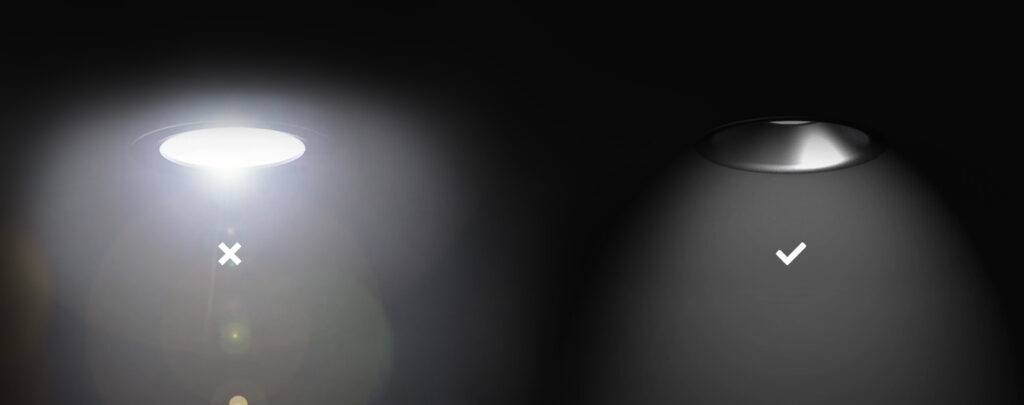
Advantages of Anti Glare Downlights
Anti glare downlights offer numerous benefits:- Enhanced Visual Comfort: Soft, diffused light reduces eye strain and glare.
- Improved Productivity: Reduced glare helps maintain focus and reduces headaches in workspaces.
- Energy Efficiency: LED-based downlights consume less power, lowering costs and environmental impact.
- Flexible Lighting: Dimming options allow users to tailor brightness.
- Aesthetic Appeal: Sleek designs blend with contemporary interiors.
Disadvantages and Considerations
Despite their benefits, anti glare downlights have some considerations:- Initial Cost: Advanced optics can increase upfront price compared to standard downlights.
- Installation Complexity: Deep recessed designs may need more ceiling space and careful fitting.
- Light Output: Some designs slightly reduce luminous intensity to soften brightness, requiring balance with lighting needs.
Radians Lighting: Innovating Anti Glare Downlight Solutions
Radians Lighting is a leading European manufacturer specializing in high-quality LED downlights, including a wide range of anti glare downlights. Their focus on customization, design excellence, and strict quality control ensures products meet the highest standards for performance and durability. Radians offers diverse anti glare downlights, from compact 3W mini models to large commercial units, all featuring the latest optical technologies to minimize glare and maximize energy efficiency. Their portfolio includes: They also provide custom design services to tailor solutions to specific architectural and lighting needs. Their rigorous quality control guarantees consistent light quality, long lifespan, and compliance with EU energy and safety standards.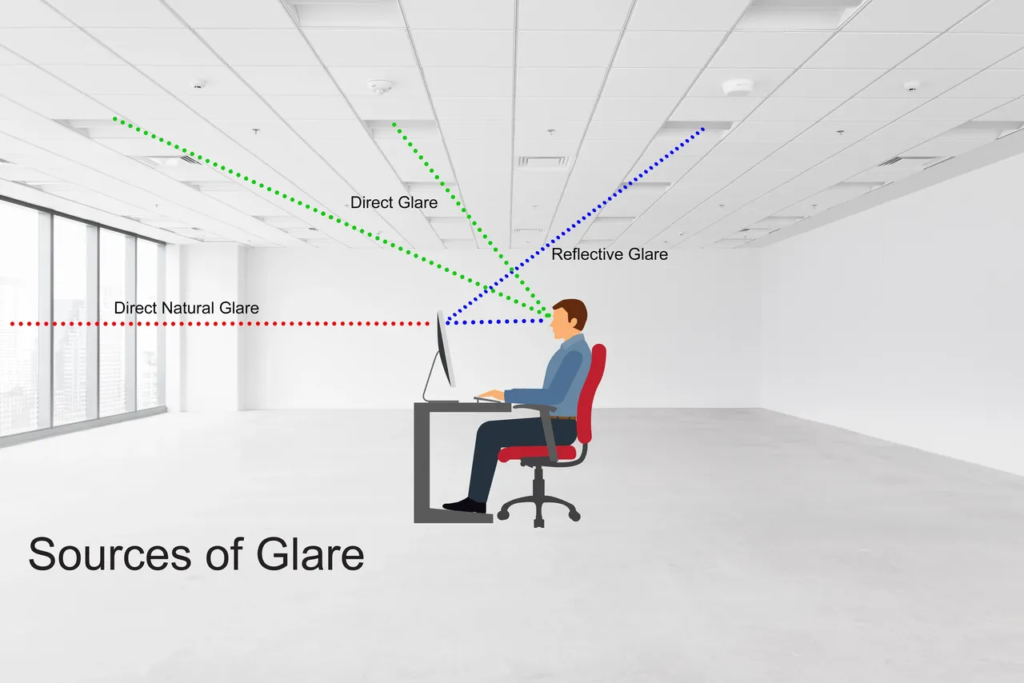
Applications of Anti Glare Downlights
Anti glare downlights are versatile and fit for many settings:- Residential: Living rooms, kitchens, and bedrooms benefit from glare-free, comfortable lighting.
- Offices: Reduces glare on screens and work surfaces, improving comfort and productivity.
- Healthcare: Provides soft, uniform lighting for patient comfort and medical accuracy.
- Retail: Highlights products without harsh reflections, enhancing customer experience.
- Hospitality: Creates inviting atmospheres in hotels and restaurants without visual discomfort.
Comparison of Anti Glare Downlight Features
| Feature | Standard Downlight | Anti Glare Downlight |
|---|---|---|
| Glare Level | High, direct light exposure | Low, recessed and diffused light |
| Visual Comfort | Moderate to low | High, reduces eye strain |
| Energy Efficiency | Varies, often less efficient | High, LED technology standard |
| Dimming Capability | Optional | Common, adjustable brightness |
| Installation | Simple | May require deeper ceiling space |
| Cost | Lower upfront cost | Higher initial investment |
How to Choose the Right Anti Glare Downlight
When selecting anti glare downlights, consider these factors:- Room Size and Ceiling Height: Larger rooms need higher lumen output.
- Lighting Purpose: Task lighting vs ambient lighting affects brightness and beam angle.
- Dimming Needs: Adjustable brightness enhances flexibility.
- Color Temperature: Warm white (2700K-3000K) for cozy spaces; neutral or cool white for work areas.
- Certification and Compliance: Ensure products meet EU energy and safety standards.
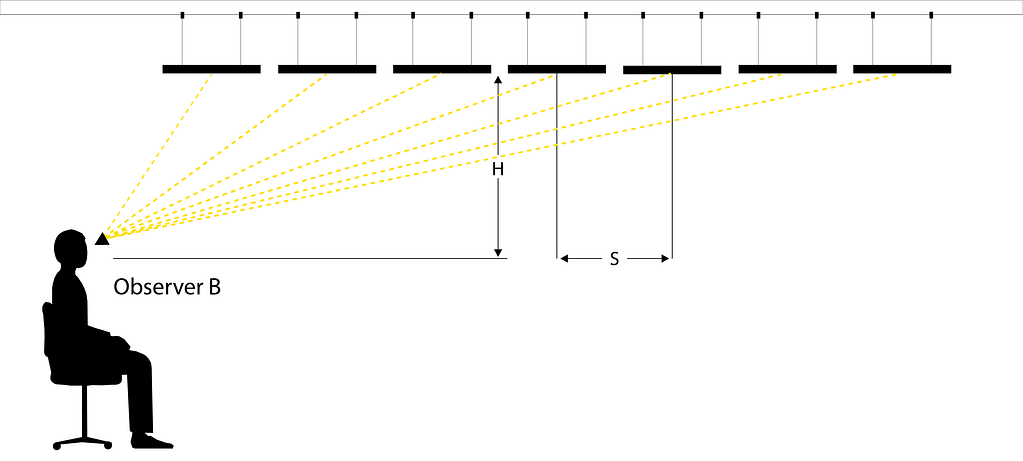
Conclusion
Anti glare downlights represent a major advancement in lighting for 2025, combining visual comfort, energy efficiency, and aesthetic versatility. By minimizing harsh glare, they protect eye health and improve indoor environments in homes, offices, healthcare, and retail.
Radians Lighting is a trusted partner offering customized, high-performance anti glare downlights tailored to European market needs. Their dedication to innovation and quality ensures lighting solutions that excel in both function and design.
For those upgrading their lighting, anti glare downlights from Radians Lighting provide a smart, compliant, and comfortable choice aligned with 2025 standards.
Explore Radians’ anti glare downlight range here: Anti Glare Downlights by Radians Lighting


